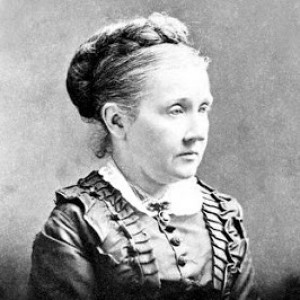I recently finished the audiobook of And The Band Played On (because chemo brain makes it hard for me to read a whole book, so I’ve turned to audiobooks). I took notes frequently as I was listening, because I kept being struck by how similar the experience of being a young woman with metastatic breast cancer is to the experience of having AIDS early on in the crisis. Here’s my list of similarities.
1. You have a lot of friends who die. Like, way more than someone of your age group should have. During the early years of the AIDS crisis, the gay community in particular was forced to watch many of its brightest young lights put out far too soon. It’s the same for us metsters. One that hit me especially hard this year was Seporah Raizer, whose writing for Huffington Post was so powerful and so honest. There’s this layer of sadness that comes with being part of a community so profoundly associated with death.
2. Despite watching all these friends die, you see nothing of your experience reflected on the evening news. Nobody seemed to think gay men’s deaths were a crisis in 1984, except for other gay men and a handful of doctors. There was very little on the news about AIDS in those days. And there’s very little news on metastatic breast cancer. There’s a lot of hopeful stories about people “beating” breast cancer, and we just don’t fit that narrative, so they leave us out.
3. Every ache and pain and weird symptom of any kind is cause for alarm, and you’re not really paranoid for worrying. Because that headache actually COULD be a sign that you’re dying.
4. The research community seems laser-focused on preventing your disease rather than treating the people who already have it. When AIDS was first being studied, there was a tremendous focus on the epidemiology of HIV, as one would expect when one is discussing a virus. Containing the spread of the virus was important to saving lives. But what often got lost in the focus on preventing the spread of HIV was saving the lives of the people who already had it. It was extremely difficult to get the research funding necessary to develop drugs to treat patients with HIV/AIDS. And it’s much the same for people with metastatic breast cancer. There’s so much focus on earlier detection of breast cancer, but once your breast cancer has metastasized, there’s a sense among too many in the medical community that your case is hopeless and thus not particularly interesting. I myself had an appointment with a doctor who I could tell 30 seconds into the appointment didn’t care about me, and I felt like it was because she knew my cancer is terminal. The man who discovered AZT once said, “If you declare the patient terminal and don’t do anything to treat him, he’ll always die.” This is how a terminal diagnosis becomes a self-fulfilling prophecy.
5. People tell those at risk of the disease not to worry their pretty little heads. Especially early in the AIDS crisis, there were a lot of folks who didn’t want to scare the gay community or people with hemophilia and thus discouraged the policy makers from taking steps that would have saved lives. We don’t warn people with early stage breast cancer that their cancer could metastasize years or even decades later, no matter what stage their cancer was at initial diagnosis, because we don’t want to scare them. Both of these reflect a paternistic attitude towards patients and those at risk of disease that I find particularly insulting, as well as harmful to the cause of saving lives.
6. Only by demanding that researchers save our lives will we have a shot at living a full lifespan. All the ribbons in the world won’t do it, be they red or pink. What will do it is turning the good feeling that those ribbons represent into research funding. With AIDS, it took celebrity faces like Elizabeth Taylor and direct action by ACT UP. MBC hasn’t found its celebrity yet, but at least we have MET UP now. (Any celebrities want to help us out?)
Add your comparisons between MBC and AIDS in the comments!
